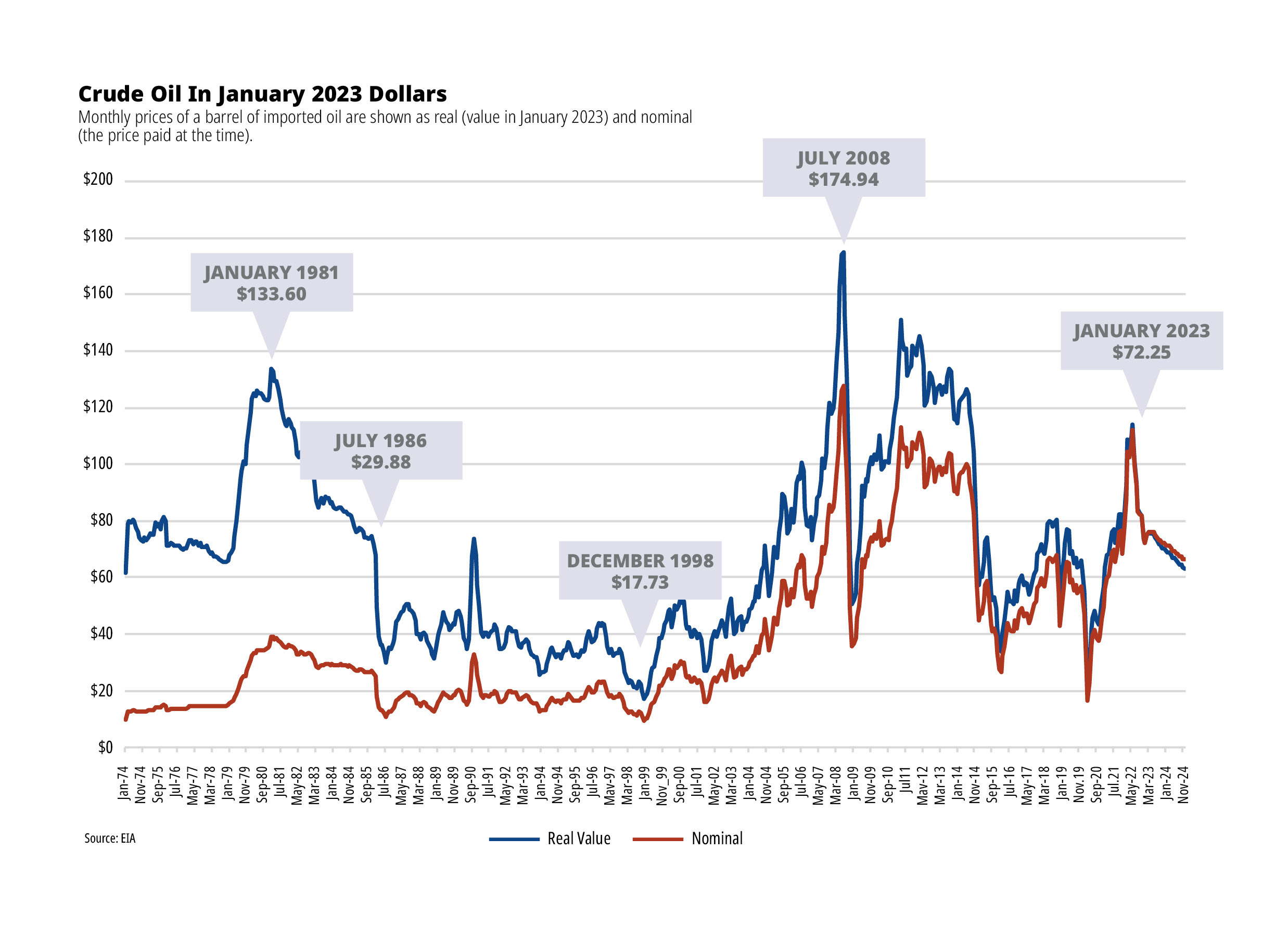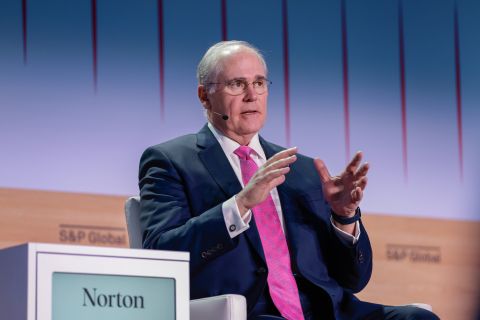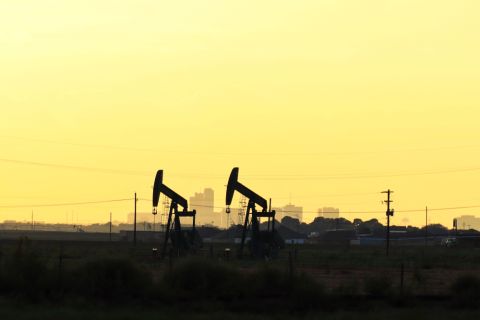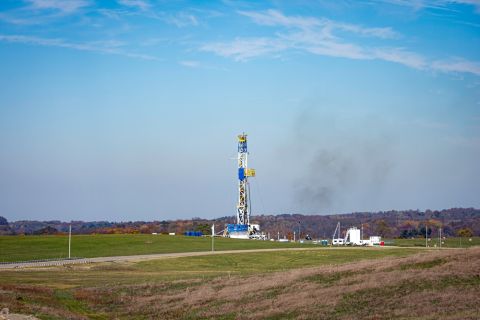Learn more about Hart Energy Conferences
Get our latest conference schedules, updates and insights straight to your inbox.
It was January 1981 and oil patch earnings were, like, bodacious.
Mighty Atlantic Richfield had just reported fourth-quarter 1980 net income of $398.2 million, or $1.60/share. For the month, crude oil would average about $39/bbl, or $134/bbl in 2023 currency.
A happy and hungry energy executive based in Midland, Texas, could hop into his Silver Spirit, blast the Rolling Stones’ “Start Me Up” until the windshields rattled in the 5,000-pound luxury beast, have the driver floor it all the way to the airport, slide into a reclining leather seat aboard the company’s Gulfstream III and shoot into the sky in a gentle arc toward Houston. There, a sizzling 40-ounce porterhouse steak would be waiting for just under $30. And a bottle of red from Sonoma with flavors of black cherry, red plum and cranberry on the palate and a light touch of bright pomegranate in the finish. And maybe a dinner salad because, you know, vegetables.
“When you look at the old wildcatters, they were boom and bust,” Bruce Peterson, senior client partner in Korn Ferry’s Houston office, told me. “I remember in the early ’80s when there was a Rolls-Royce dealership in Midland because there was so much money—and everybody flying around in helicopters. Well, you don’t see that anymore, that’s for sure.”
The extravagance ended because it had to. The era’s sky-high prices made drilling to the max irresistible, and the resulting oversupply would slowly chip away at the price of crude. By January 1986, it had ducked under $25/bbl ($68/bbl in 2023 dollars). A barrel of oil was now cheaper than that giant sizzling steak.
Then things got really tough. The average monthly price of a barrel dropped 27.4% from January to February, 21.5% from February to March and … you get the picture, or perhaps are of the age that you’re experiencing PTSD just reading this. In July, the monthly average price finally bottomed out at $10.91/bbl ($29.88/bbl in 2023).
The crash devastated the economies, not to mention the collective psyches, of oil towns like Houston, Midland, Dallas, Fort Worth and Oklahoma City.
Then, there were the psyches of the oil folks themselves.
“What type of mindset? I’ve been through six or seven [downturns] over the last 40 some odd years,” Peterson said. “What it really takes is a long view.”
Peterson has worked as an energy industry executive and now specializes in executive search for companies across the value stream. Adjusting your mindset to the long view, he said, means accepting the carnage that comes with downturns, including the WTI close of -$36.98/bbl on April 20, 2020. (“That was a shock to the system.”)
But past gyrations are not necessarily indicative of future chaos. Lessons have been learned.
“Everyone has now listened to their investors and are looking at it now as a business that has to make money,” Peterson said. “If you look at the companies that made it through without restructuring, it’s made the companies stronger from a balance sheet perspective.
“It’s really shown that companies have the ability to understand and be more prudent with their capital as far as the ability to return capital to shareholders and be more conservative on a go-forward basis rather than growth for growth’s sake,” he said.
Not everyone can stick it out. Some are unnerved by the cyclical nature of the business.
“When you look at the last downturn and the number of individuals that were displaced out of the business, those individuals have gone on to careers in other industries. They have done extremely well,” Peterson said.
And in many cases, those fossil fuel alumni will employ the skills they learned in the oil and gas sector to drive innovation in the future.
“You’ve got a lot of smart people that have had possibly traditional upstream, midstream or services backgrounds that have gone into the transition side of the industry,” he said. “They’ll figure things out because they’ve been well trained.”
So, let’s raise a glass of that red wine from Sonoma to resilience. Remember that just 31 trading days after WTI closed at -$36.98/bbl in 2020, the market put a mirror to the calamity with WTI closing on the plus side at $37.33/bbl.
And while Rolls-Royce Motor Cars no longer builds the Silver Spirit, the ultra-smooth ride of its 2023 Phantom Series II inspired Car and Driver to gush that “there’s probably not a more comfortable luxury car on the planet.” For those nostalgic for the past, when the Phantom glides down the road, its V-12 engine guzzles gasoline at the rate of 12 miles to the gallon. And for only $460,000 (plus TTL).
Bodacious.

Recommended Reading
ONEOK CEO: ‘Huge Competitive Advantage’ to Upping Permian NGL Capacity
2024-03-27 - ONEOK is getting deeper into refined products and adding new crude pipelines through an $18.8 billion acquisition of Magellan Midstream. But the Tulsa company aims to capitalize on NGL output growth with expansion projects in the Permian and Rockies.
Dallas Fed Energy Survey: Permian Basin Breakeven Costs Moving Up
2024-03-28 - Breakeven costs in America’s hottest oil play continue to rise, but crude producers are still making money, according to the first-quarter Dallas Fed Energy Survey. The situation is more dire for natural gas producers.
Ohio Oil, Appalachia Gas Plays Ripe for Consolidation
2024-04-09 - With buyers “starved” for top-tier natural gas assets, Appalachia could become a dealmaking hotspot in the coming years. Operators, analysts and investors are also closely watching what comes out of the ground in the Ohio Utica oil fairway.
TotalEnergies, Sinopec to Develop SAF Unit in China
2024-03-26 - TotalEnergies and Sinopec’s production unit will have the capacity to produce 230,000 tons of sustainable aviation fuel per year.
ConocoPhillips CEO Ryan Lance: Upstream M&A Wave ‘Not Done’ Yet
2024-03-19 - Dealmaking in the upstream oil and gas industry totaled $234 billion in 2023. The trend shows no signs of slowing, ConocoPhillips CEO Ryan Lance said at the CERAWeek by S&P Global conference.






